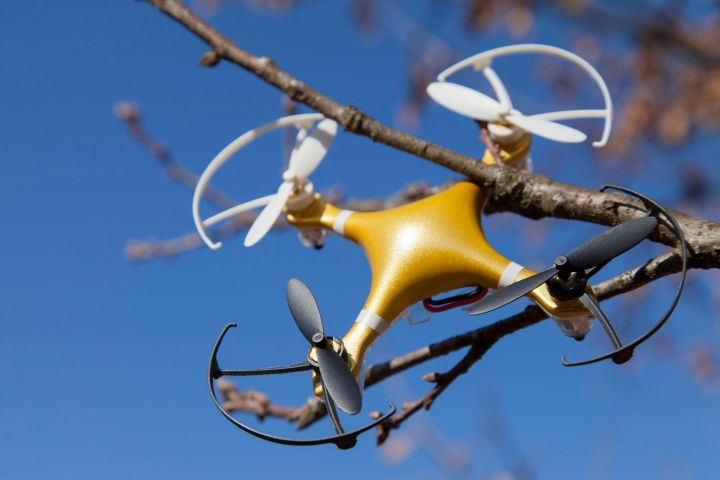
The study is the first to dive beyond general finger pointing when drone crashes cause a stir. After a drone hit a British Airways plane en route to Heathrow Airport in April, Graham Wild and Glenn Baxter, both from the RMIT engineering department, and John Murray from Edith Cowan University, decided to conduct a study on just what caused most drone accidents.
The researchers looked at 150 reported drone crashes worldwide, occurring between 2006 and 2016. The study showed that technical glitches were the guilty party in more than half the cases. Dividing those causes down even further, the team said that the loss of communication between the drone and the operator was the most common error.
“Large transport category aircraft, such as those from a Boeing or Airbus, are required to have triple redundant systems for their communications,” Wild said. “But drones don’t and some of the improvements that have reduced the risks in those aircraft could also be used to improve the safety of drones.”
Many drones have fail-safes that will automatically land the aircraft when it looses communication with the pilot — while that prevents “runaway” drones in many cases, landing automatically means there’s nothing to tell the drone what’s below. Many fail-safes also have to be calibrated, something that many novice drone users fail to do. An online poll in 2014, for example, showed that out of 774 DJI Phantom owners, a third of them had lost control at some point and 122 of them never actually saw their unmanned aircraft again.
The results from the RMIT study led Wild to conclude that the regulations aren’t quite keeping up with the growth of drone technology. Lightweight drones aren’t expected to meet the same standards as their larger counterparts, yet they can still cause damage if they fly in a built-up area, he said.
Another issue is that drone crashes are seldom reported unless they cause damage. Being able to analyze more crash data would help drive additional research to support government regulations.
“Drones are being used for a wide range of tasks now and there are a lot of day-to-day activities that people want to use them for — delivering pizzas and packages, taking photos, geosurveying, firefighting, and search and rescue,” Wild said. “It’s essential that our safety regulations keep up with this rapidly growing industry.”



